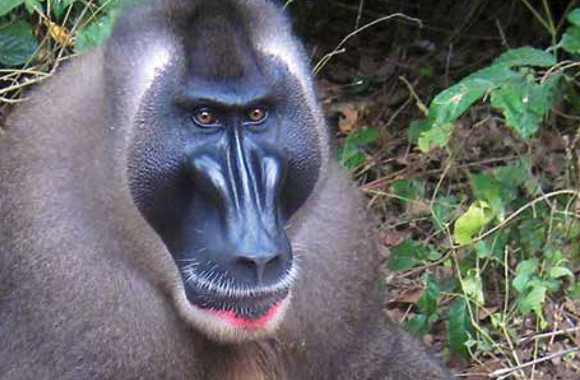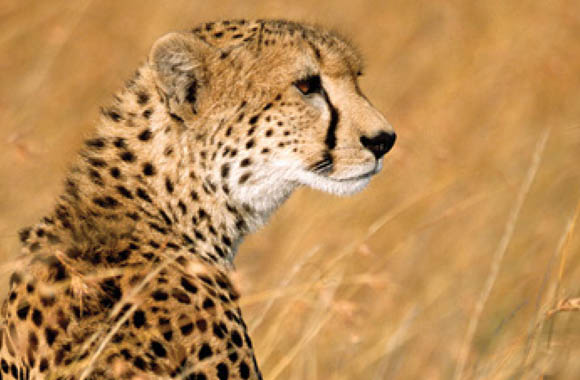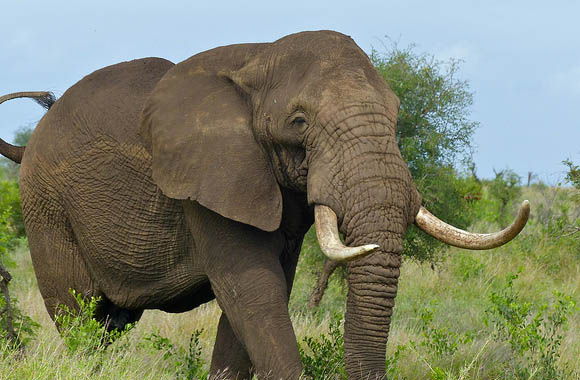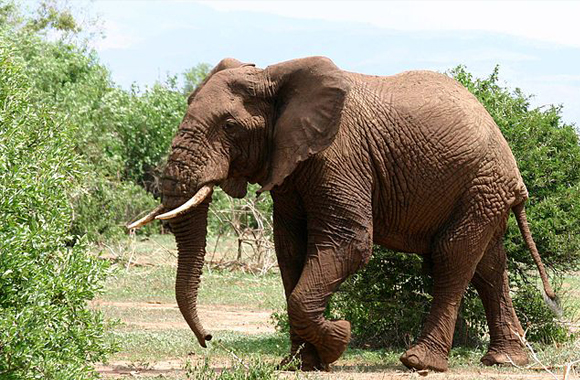About
The giraffe is the tallest land animal in the world. Giraffes are strong and fast; a well-placed kick could shatter the skull of a predatory lion, while a running giraffe can reach speeds in excess of 34mph.
Nine subspecies of giraffe exist in Africa, each with distinctive patchwork markings believed to have evolved as a camouflage to help giraffes blend in with the dappled lighting underneath the trees in their wooded savannah habitat. The lifespan of a giraffe is about 25 years.
To learn more about giraffes, click here »
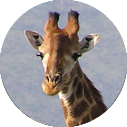
Giraffes
Status
IUCN Red List classification: Vulnerable
CITES status: Appendix II
Endangered Species Act Status: Under Review
Population
Estimated number remaining in the wild: Fewer than 100,000
Population decline of giraffes:
Giraffe populations are decreasing overall, with small populations in west and central Africa seriously threatened. Of the nine giraffe subspecies, four are decreasing, four are increasing, and one is stable.
1985 – 151,702-163,452 (106,191-114,416 mature individuals: 70% of the population)
2015 – 97,562 (68,293 mature individuals: 70% of the population)
These figures show a decline of 36-40% in mature giraffes over three generations.
Location
Giraffes are mostly found in eastern and southern Africa, although small and isolated populations also exist in western and central Africa. Giraffes are native to Angola, Botswana, Cameroon, Central African Republic, Chad, Congo (The Democratic Republic of the), Ethiopia, Kenya, Mozambique, Namibia, Niger, Somalia, South Africa, South Sudan, Tanzania (United Republic of), Uganda, Zambia, and Zimbabwe. They have also been introduced in Rwanda and Swaziland.
Size
Giraffes are generally 14-19 feet tall and weigh 1,750-2,800 pounds.
Fun Fact
Even with the length of their neck, giraffes have the same number of vertebrate as humans, seven. However, giraffe vertebrate are elongated – approximately ten inches long - which give the giraffes their long necks.
